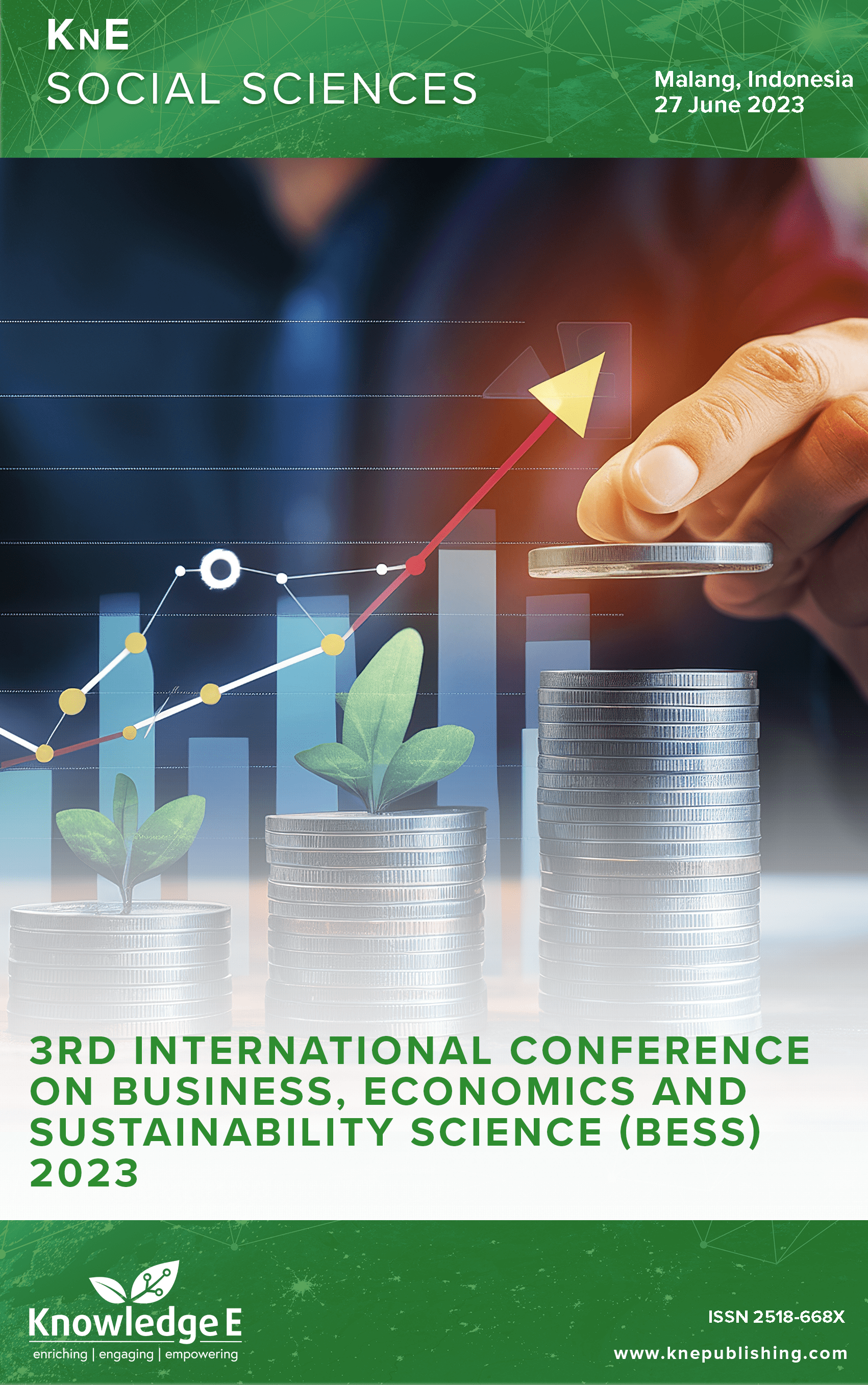Analysis of Rice Trade and Food Security in Southeast Asian Countries
DOI:
https://doi.org/10.18502/kss.v9i21.16772Abstract
The rice trade serves to maintain sufficient rice stocks to meet domestic country demands. The world’s main rice exporters and importers are located in the Southeast Asia region, so the volume change of traded rice can affect the flow of trade. Given the strategic importance of rice, numerous nations have stepped in to control the domestic rice market, to ensure political stability as well as food security. This article aims to examine how the rice trade has evolved in Southeast Asia with respect to food security. The study aims are addressed by the application of the descriptive analysis method. The findings indicate that from 110.5 million tones in 2010–2011 to 128.3 million tones in 2021–2022, Southeast Asian countries accounted for 1.22% of global rice imports, >22% of the world’s total rice consumption. In the meantime, the annual growth rate of rice exports was 3.3%. Over the past 10 years, ASEAN’s net rice exports have made up 53.3% of the world’s total and are expected to reach about 54.8%. Southeast Asian countries intervene in the rice market through international trade policies, both in the form of export bans and domestic rice price stabilization policies, to maintain rice stocks to strengthen the level of food security. Southeast Asia’s economic integration through the ASEAN Economy Community is an important moment to become the basis for achieving food security at the regional levels while at the same time making the rice market more open among Southeast Asian countries.
Keywords: rice, trade, policy, Southeast Asia
References
Asian Development Bank (ADB). 2012. Confronting Rising Inequality in Asia: Asian Development Outlook 2012. Manila.
Brooks D, Ferrarini B, Go E. “Bilateral Trade and Food Security”. ADB Economics Working Paper Series No. 367, Asian Development Bank, Mandaluyong City, 2013. DOI: https://doi.org/10.2139/ssrn.2321545
Clarete RL. “Enhancing ASEAN’s Resiliency to Extreme Rice Price Volatility”. ADB Sustainable Development Working Paper Series No. 23, Asian Development Bank, Mandaluyong City, 2012.
Dunn RM, Mutti JH. International Economics. 6th ed. New York: Routledge; 2004. https://doi.org/10.4324/9780203462041. DOI: https://doi.org/10.4324/9780203462041
Food and Agriculture Organization of the United Nations (FAO). 2022. FAO Rice Market Monitor. http://www.fao.org/economic/est/publications/rice-publications/ricemarket- monitor-rmm/en/
Kent G. Africa’s Food Security Under Globalization. Afr J Food Nutr Sci. 2002 Mar;2(1):22–9. DOI: https://doi.org/10.4314/ajfand.v2i1.19119
International Rice Research Institute. Rice in the Global Economy Strategic Research and Policy Issues for Food Security. Metro Manila. International Rice Research Institute; 2010.
Kawai M, Wignaraja G. “Regionalism as an Engine of Multilateralism: A Case for a Single East Asian FTA”. Working Paper Series on Regional Economic Integration No. 14, Asian Development Bank, Mandaluyong City, 2008. DOI: https://doi.org/10.2139/ssrn.1151062
Mohanty,_Samarendu. “Trends in Global Rice Consumption”, (http://irri.org/index.php?option=com k2&view=item&id=12448:trends in globalrice consumption&lang=en, accessed 16 August 2013)and FAO data for 2013
OECD and ASEAN Secretary. Southeast Asian Economic Outlook 2019, With Perspectives On China And India, Narrowing Development Gaps. Paris, Jakarta: OECD and ASEAN Secretary; 2019.
Stevens C, Greenhill R, Kennan J, Devereux S. “The WTO Agreement on Agriculture and_Food Security”, (http://ieham.org/html/docs/The WTO agreement on Agriculture and Food Security).pdf,accessed 2 October 2013
Timmer CP. “Causes of High Food Prices”. ADB Economics Working Paper Series No. 128, Asian Development Bank, Mandaluyong City, 2008.

